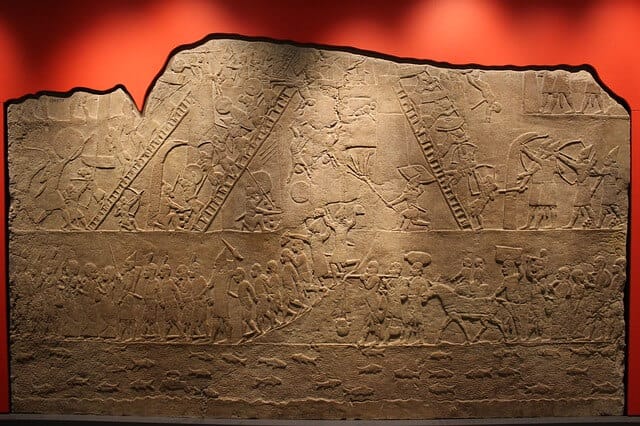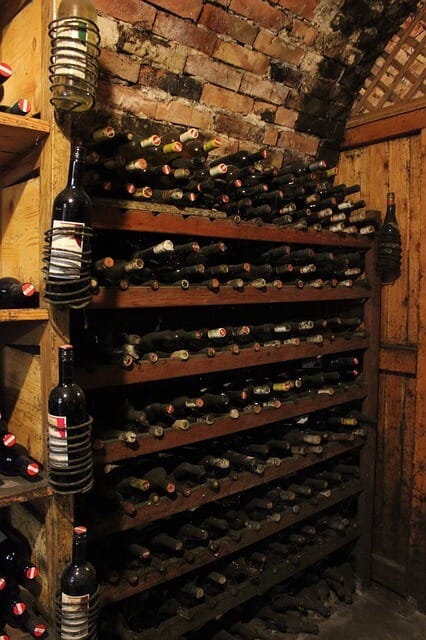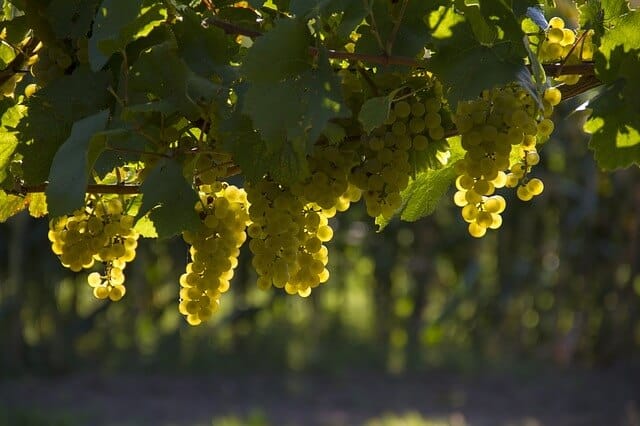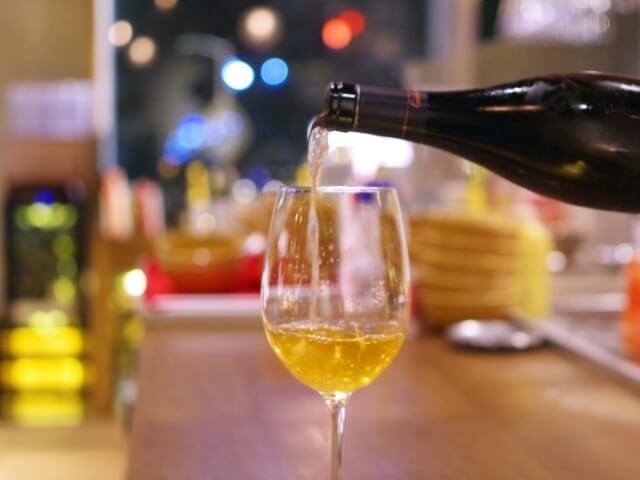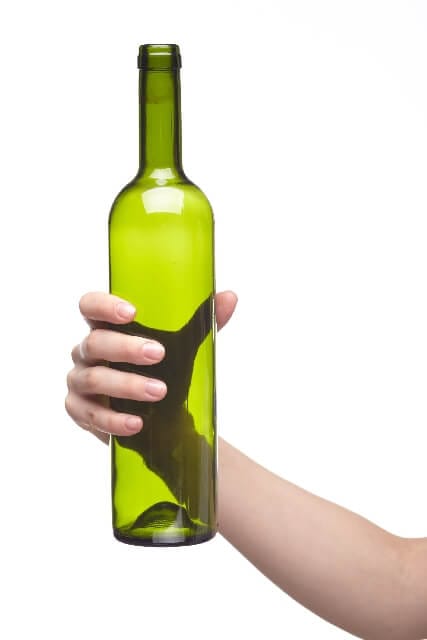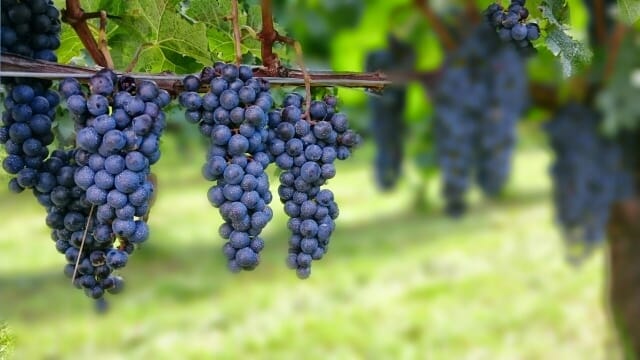~ History of wine ~ Let's enjoy wine more than the history ~

Wine that is familiar to us that appears in various scenes such as meal scene, celebration scene, relax time, and so on. Do you know the history of such wines?
This time, I will explain the history of wine in depth. Even if you usually don't drink much wine, there are many people who enjoy wine on a special day.
If you know the history of wine, you can enjoy wine more than ever, so if you are not familiar with the history of wine, please read it.
■ Explanation of wine history by age!

The history of wine is very old and it is the oldest category of liquor. This time, in order to explain the history of wine in an easy-to-understand manner, I would like to explain how wine has existed for mankind by age. Let's take a closer look at the history of wine together.
▲ Around 8000 BC

As I wrote at the beginning, wine has an old history among liquors. And its history goes back to around 8000 BC. The Caucasus Mountains, where Georgia is now, is believed to have already been wineed from around this time, and the world's oldest winery has been found in Armenia.
Even though it was not so major, it is surprising that wine has existed more than 10,000 years ago.
▲ Around 5000 BC

The literature shows that wine brewing began at around 5000 BC at the latest. In the epic Gilgamesh, which was written by Sumerians about an event around 5000 BC, there was a statement that "Wine was served to sailors when a ship was built in preparation for a major flood" .
In addition, a stone mill thought to have been used for wine brewing has been discovered from the ruins 5000 B.C., and vineyards for wine brewing have also been found.
These evidences show that wine was not only brewed around 5000 BC, but also that wine was brewed in earnest.
▲ Around 4000 BC

Around 4000 BC, the era when the Egyptian dynasty was sovereign, and the time when Egyptian civilization flourished. In the Egyptian dynasty, wine has been brewed since around 4000 BC, and the murals have wine presses and storage points.
Beer is also brewed during this period, and there is still a record that beer, which was relatively easy to brew, was used as a daily beverage and wine as a luxury product.
Around 4000 BC, you can see that wine was a luxury and only some people could drink.
▲ Around 3000 BC

Around 3000 BC, the wine culture spread all over the West. The Phoenicians spread the wine culture to the West, and they made a great contribution to “export of wine”, “spread of wine”, “spread of grapes of Vitis Vinifera”.
Without their presence, the wine would not spread to the world, and we may not have been able to drink it now.
▲ Around 2000 BC

With the contribution of Phoenicians, the winemaking culture was introduced to Greece around 2000 BC. In ancient Greece, wine brewing is widely practiced, and it can be said that it was the Greeks that spread the wine brewing culture to the Mediterranean. In this period, grapes were grown and wines were brewed using monasteries even under Roman rule.
▲ Around 600 BC

Around 600 BC, wine culture spread to the Marseille region of France. In addition, the Romans who strengthened their power during this period will spread throughout Europe at a rapid speed.
Roman warriors moved while sowing crops in the battlefield and acted to secure food during the war. Julius Caesar was the person who brought wine making to France, now famous as the wine kingdom. Currently, the Burgundy and Champagne regions are famous for wine making in France because Caesar conquered the region.
▲ 100 to 1000 years

Around 100, the Roman Empire became more powerful, and wine was introduced to the inland region with a water split culture. The wine at that time had little change in alcohol in the sugar of the grapes, and the sweetness increased with the concentration of the juice. Water splitting was used as a means of suppressing excessive sweetness.
However, water splitting to suppress sweetness does not last so long. In the Roman era, wine brewing technology was progressing at a very high speed, so the technology for converting sugars contained in wine into alcohol was soon discovered.
It is said that the foundation of wine that can be drunk straight like in modern times was made in this era.
▲ 1000 to 1800 years

Christianity is indispensable when talking about wine in this era. This was an era when great culture and art were dedicated to Christianity, and a society between God and people was built. Among them, wine was said to be the blood of Christ and was considered very sacred and precious.
Against this background, wine brewing was actively promoted in churches and monasteries, and brewing methods of good quality grew rapidly. At the end of the 17 century, the current wine form that was bottled and used a cork was already invented.
In this period, modern wine shapes were already established.
▲ Current


After the voyage of the 16 century, wine spread from Europe to the rest of the world. As a result, grapes, the raw material for wine, are grown all over the world, but since grapes are highly regional plants, wines with distinctive characteristics have been made in each country.
90% of the grapes currently grown around the world are grown for wine. The Vati Venifera grapes, which appeared around 3000 BC, account for about half of the wine grapes currently grown.
That's it for the world wine history. For about 10,000 years from XNUM BC to the present, wine has spread to the world and brewing methods have greatly improved.
Even in Japan, wine is a popular alcohol, but in France, Italy, Spain, where grapes are grown relatively, it can be said that alcohol has been essential for people since ancient times.
■ Wine history in Japan

So far we have explained the history of wine in the world, but from now on I would like to explain the history of wine in Japan.
Let's take a look at the history of wine to date, when grapes and wine were introduced in Japan.
▲ The history of grapes in Japan
Looking at the world, it was a grape that existed around 8000 BC, but it was not until the Nara period that grapes appeared in Japanese history. “Kojiki” and “Nippon Shoki” compiled in the Nara era had descriptions about grapes, and there were also patterns with grape motifs.
Grapes, the main ingredient, existed in the Nara period, but wine was never made.
▲ The appearance of wine
The first time wine appeared in Japan was in the second half of the Muromachi period. It is said that the wine culture did not take root in Japan despite the fact that grapes used as raw materials existed because Japan already had a culture of making sake using rice as a raw material.
Wine was introduced in the second half of the Muromachi period, not from Japan, but from Spain and Portugal. The widespread presence of wine in Japan was Francisco Xavier, a Jesuit missionary who visited Tanegashima in 1549. The act of trying to obtain the permission of the mission by offering wine to the lords of the land where he wants to spread Christianity makes the existence of wine widely known to the lords of various places.
Through trade with Portugal and the Netherlands, wine gradually became recognized in Japan, but it did not spread to the common people until it was brewed domestically.
▲ The beginning of winemaking

After the Edo period and the Meiji period, wine brewing began in Japan. Behind the brewing of wine in the country was the government's desire to promote the breeding industry.
Japan, which has limited exchanges with other countries for about 270 years, was far behind the rest of the world. In order to advance Japan's modernization, the government pushed forward the aquaculture policy and tried to advance Japan's modernization as soon as possible.
Although winemaking started in Japan, there were no Japanese people who had experienced winemaking at that time, so there were big barriers such as taste, storage, and manufacturing technology.
The biggest change in Japanese winemaking was in 1927. With the improvement of grape varieties (development of “Muscat Berry A”) by Yoshibei Kawakami, the movement of Japanese wine improved. “Muscat Berry A”, which is suitable for the Japanese climate, is still used as a raw material for Japanese wine, and there is no doubt that it has contributed most to the development of Japanese wine.
▲ From the Pacific War to the present
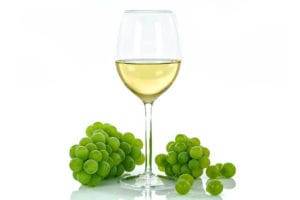
Once the Pacific War has entered, the government will continue to produce wine. The government focused on tartaric acid obtained when making wine, not wine for beverages. Since tartaric acid can be used to make radars used in submarines, the government actively encouraged wine production.
Later, at the Osaka World Exposition held in 1970, the Japanese diet became more westernized and wine consumption increased.
During the bubble period, "Beaujolais Nouveau" became a big hit, and now wine is also familiar in Japan.
The history of wine in Japan is not as old as the world. And it was Japanese wine that had struggled to manufacture until 100 years ago, but it can be said that it is a great progress that has grown so much in just 100 years.
The wine is famous from Spain and France. Please try drinking Japanese wine. There are many wineries in Hokkaido and Nagano, and Koshu wine is famous throughout the country.
■ Summary
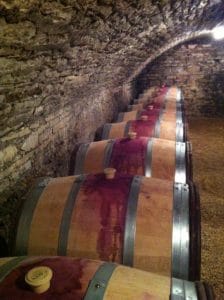
This time, we introduced the history of wine as knowledge to enjoy wine.
The world's wine history has been around 8000 BC. I briefly explained the history this time, but if you want to know more, I recommend you to study because there is a lot of literature.
The history of wine in Japan began in the late Muromachi period, but it was only in the Meiji period that it began to be brewed in earnest. It can be said that Japanese wine that has developed so much in a short period of time from the Meiji era to the present is a valuable existence.


